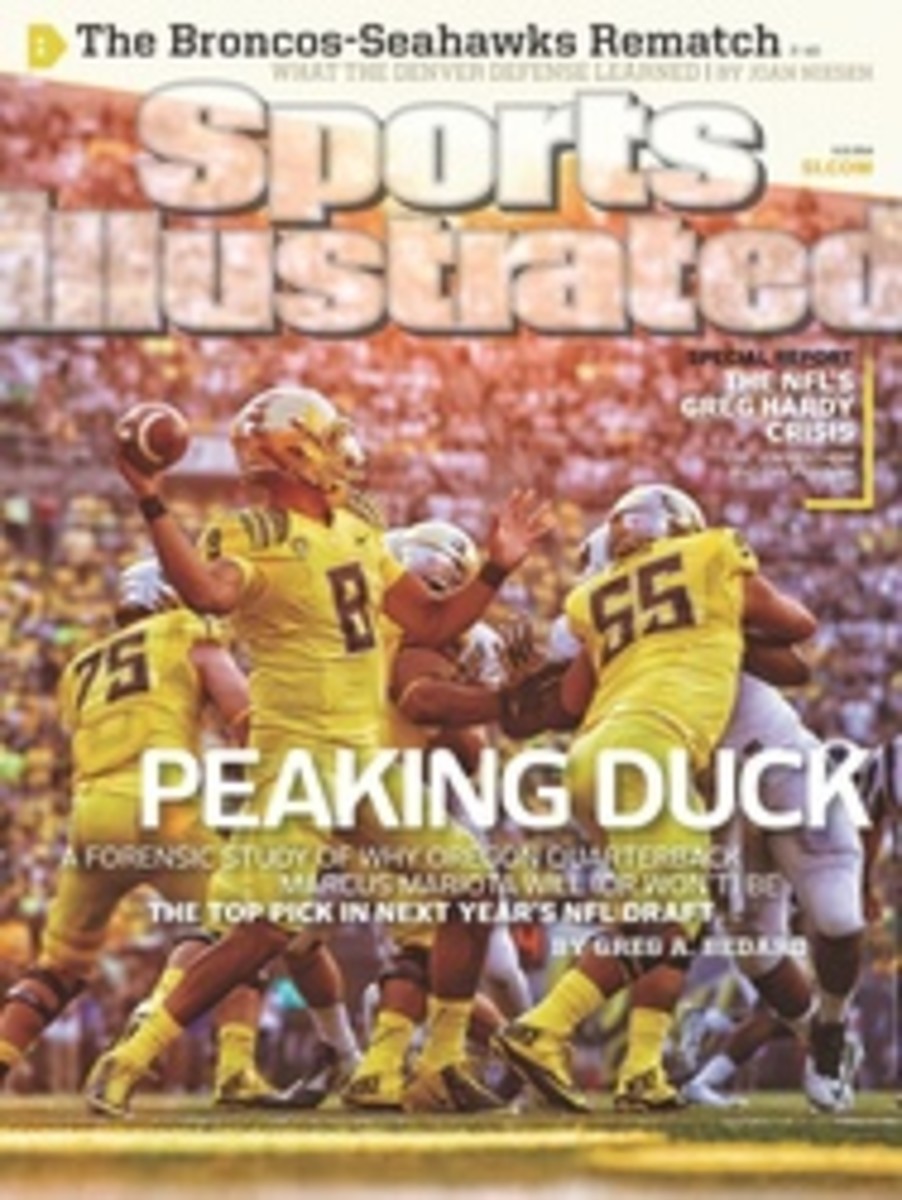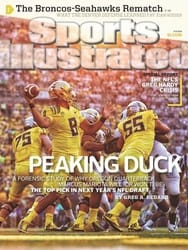
EA SPORTS GETS PHYSICAL
NHL
FOR MORE THAN three years particle physicist Michele Petteni worked at the Large Hadron Collider near Geneva, analyzing data to identify new heavy particles that could indicate the presence of additional spatial dimensions. So of course he followed that gig by taking a job at EA Sports, where he is charged with bringing true-to-life puck physics to NHL 15. Previous iterations of the game had a puck that looked cylindrical but was programmed like a sphere. "Cylinders are nasty," Petteni says. "They flip. They rotate. It's very difficult to predict what a cylinder will do, analytically." In work similar to what he did at the collider, Petteni and his team modeled collisions and theoretical outcomes and analyzed a ton of data to redefine how a puck acts on screen. He walked SI through the results.
[originallink:10901381:1012629]
ROTATION | FRICTION | COLLISION | PRECESSION | |
Change | Two pucks moving at the same speed but rotating in dissimilar ways will have different collisions with the same object. | A new friction model allows the game to distinguish between sliding flat and rolling on edge. | The way the puck flips once it hits the ice depends on its orientation and angular velocity, which can cause it to either bounce or stick to the ice and slide. | A modeled calculation determines how the puck wobbles when spinning through the air. |
Result | The spin changes how the puck comes off players and sticks, so it can do things like squeak past gaps under the goalies' arms based on its orientation. | The '15 puck stops more naturally and slows down differently when on edge. | The puck can hit the ice and bounce over players' sticks, just as in real life. | The game provides authentic flight characteristics. |
ILLUSTRATION
GETTY IMAGES (PUCK); TREVOR LAZARUS (PUCK ILLUSTRATION)
PHOTO
EA SPORTS (GAME)
TWO ILLUSTRATIONS

